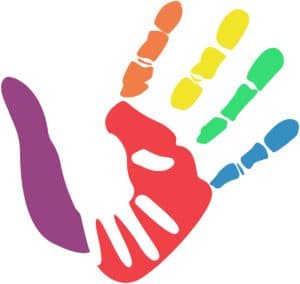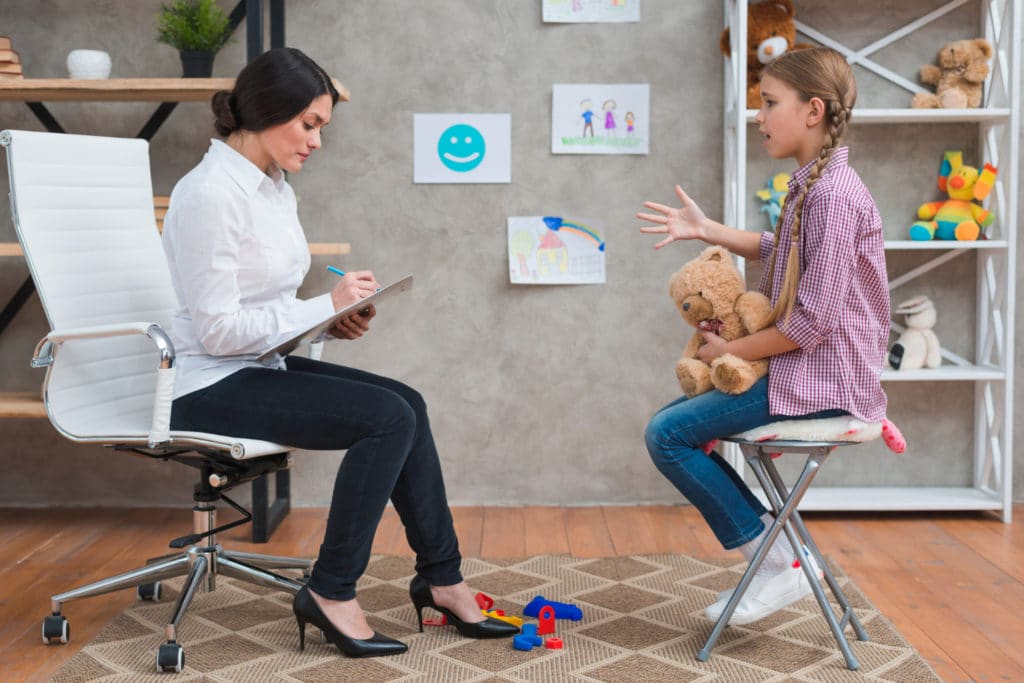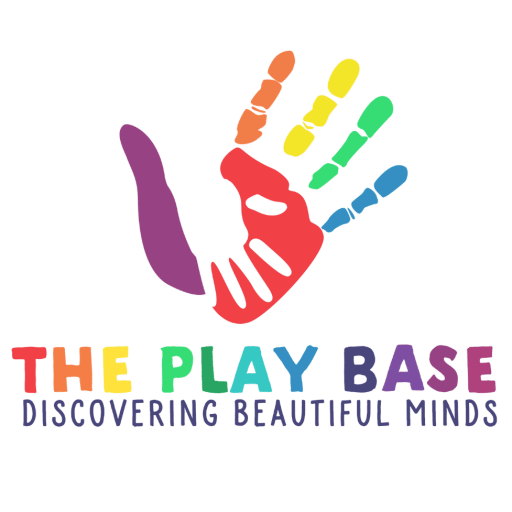ABA therapy is an evidence-based practice that helps children with autism learn skills and behaviors. The therapy is also known as applied behavior analysis. It’s often used in conjunction with other therapies, like speech and occupational therapy, to help kids with autism achieve their full potential.
ABA therapy is based on the idea that behaviors are learned through reinforcement of positive behaviors (like eye contact) and negative reinforcement (like a time-out). The therapist uses various techniques to reinforce positive and discourage negative behavior, such as providing rewards when a child makes eye contact or using a noise box to prevent tantrums.
The benefits of ABA therapy are well-documented: it has been shown to help children:
- Improve their communication skills and social interactions
- Increase their independence
- Reduce challenging behaviors such as aggression and self-injury
- Improve academic performance
Want to know more about the benefits of ABA autism? Continue reading as we deliver the detailed guide about ABA therapy.
Is ABA Therapy harmful to children?
ABA therapy is often misunderstood by the public and medical community. Although it’s been around for decades, many misconceptions exist about this type of treatment.
Because ABA therapy is so intensive and involves a lot of repetitive training, some may wonder if it can harm children. The answer is no. In fact, research has found that intensive ABA therapy is effective in 90% of children who receive it, and 47% are indistinguishable from their peers after treatment.
The truth is that all types of therapy have their risks and benefits, some of which include:
- The therapist must be careful not to reward undesired behavior.
- Some children may become upset by the therapy, and their parents may not be able to cope with this.
- Children who are very young or have special needs may not respond well to the therapy.
- The child’s parents and teachers must be committed to supporting the child during therapy, which can be stressful for everyone involved.
But when done correctly, ABA therapy can be used as an effective tool to help children achieve their maximum potential.
What are the different techniques used in ABA therapy?
There are many different techniques used in ABA therapy, including:
- Positive Reinforcement
Positive reinforcement can be defined as the addition of a stimulus that increases the likelihood of a response. A positive reinforcer could be a treat, praise, or an external reward like money. The goal is to increase the probability that the behavior will happen again.
- Using Prompts And Cues
Behavior analysis therapy uses prompts and cues to teach new behaviors. A prompt is a physical action that cues an individual to perform a behavior they already know how to do. A cue is a verbal or non-verbal signal that tells the individual what behavior they should perform next.
- Negative reinforcement
Negative reinforcement is behavior modification that uses negative consequences to increase desired behaviors. For example, if you do your homework and get an A on it, you’re likely to continue doing it (because it’s working!).
Negative reinforcement can be used with children in a variety of ways. They can be given privileges or rewards for good behavior or taken away from them if they misbehave.
- Task Analysis
Task analysis is a method used to identify skills needed by people with disabilities to perform everyday tasks successfully. It involves breaking down complex skills into smaller parts so they can be taught one step at a time.
- Generalization
Generalization is the process of applying learned skills to new situations. For example, if a client learns that it’s better to sit down and eat her food instead of throwing it on the floor, she will be taught how to generalize this behavior by reinforcing the act of sitting down and eating at other times during meals.
Who is present in an ABA team?
The following list describes some of the people who might be part of your child’s ABA team:
- Clinical Director
The clinical director is responsible for the overall management of the ABA team. They are the primary point of contact with families and other stakeholders. They oversee all case management aspects, including staff supervision, monitoring and documentation of services, establishing goals, implementing treatment plans, and managing patient care.
- Board Certified Behavior Analyst (BCBA)
The BCBA has a master’s degree in behavior analysis and works with the team to develop an individualized treatment plan for each patient. Their role is to provide treatment recommendations and oversee the implementation of those recommendations by other team members.
- Behavior Technician
The behavior technician’s role is to help implement treatment recommendations made by the BCBA (see above). They may be involved in working directly with patients on their individualized treatment plan, depending on their level of training and experience.
- Care Coordinator
The care coordinator coordinates your child’s medical needs outside therapy sessions, from scheduling cleanings to arranging transportation during school breaks.
When should you start ABA therapy?
ABA therapy is a behavioral treatment that uses learning principles to help children with autism spectrum disorder (ASD) or other developmental conditions. It is most effective when started at an early age, as young as two years old to six years old, but people with teenagers can also apply to the therapy.
You can start ABA therapy if your child has any qualifying conditions, including Cerebral Palsy, Epilepsy, Autism, Down Syndrome, Intellectual Disability, and other disabling conditions similar to Intellectual Disability.
Conclusion
At The Play Base, everyone deserves a chance to be the best version of themselves. That’s why we offer ABA therapy for your child.
Our ABA therapists are trained in the latest techniques and can help your child learn social skills, language, and other important skills that will help them succeed. We also offer one-on-one and group tutoring sessions that provide more support for your child’s learning. We offer a wide range of services, including behavioral assessments, Individualized treatment plans, play therapy sessions, and home visits.









